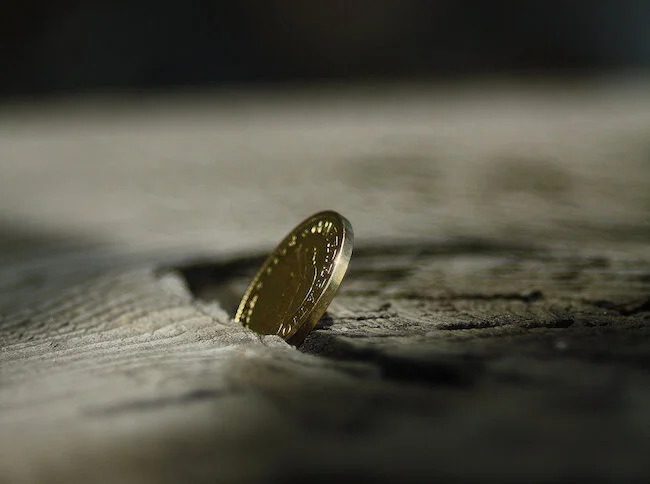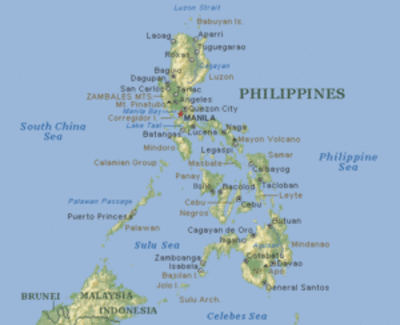Editor's Note: This is the first article in a new series by contributor Paul Ross featuring field-tested reviews of places, products and services that enhance the travel experience. All are evaluated honestly. If something is just bad, he won’t write about it. If it's really bad, or darn right dangerous, he will warn you.
Here’s what he's found for you this time:
- One vintage California hotel with a retro restaurant and a speakeasy bar.
- One steal of a deal at a top eatery in Santa Fe, New Mexico, that’s ideal for celebrating anything.
- Two pieces of gear: an easy, convenient and affordable way to communicate while overseas, and a compact, dedicated, hi-def time-lapse camera for less than $300.
by Paul Ross
California Retro
Part of my cred as a native Angeleno is that the hospital where I was born has been torn down. I lived a lot of my life in the crawling sprawl of that city. I can’t really say I grew up there because showbiz’s youth obsession has always eschewed “growing up.” Los Angeles is where history barely clings to the margins and a restaurant can boast without irony that it’s been “a tradition since this afternoon.”
I love the rarity of the Big Orange’s old buildings that survive in the corners of reinvention central. The Georgian (www.Georgianhotel.com) is just such a place; her face is a blend of Romanesque Revival and Art Deco and, like many in Southern California, she’s had a few cosmetic touchups over the years. For one who is now celebrating her 8th decade, the old girl looks pretty good.
As a nostalgic anniversary nod, the indoor restaurant and the veranda with a view of the Pacific Ocean are offering a ”Prohibition Era” menu that includes both historic cocktails and vintage culinary specialties. Among the classic imbibables are a French 75 (sparkling wine & gin), the martini-esque Negroni, the whisky-based Manhattan and Rob Roy and a harken-back-to-Hollywood’s heyday Brown Derby (bourbon, grapefruit juice and honey). All of these are in the $9 to $12 range. After sipping a couple samples, and eating bygone staples like the Monte Cristo sandwich and Waldorf salad, I was glowing like the sunset and sinking into the woven wicker chair.
Once the sun was down, I wandered inside the hotel, where deco design furnishings graced the lobby. Somewhere there was music: Sinatra, Satchmo, Cole Porter, show tunes.
“ ’want to see our secret surprise?” the bartender asked.


















